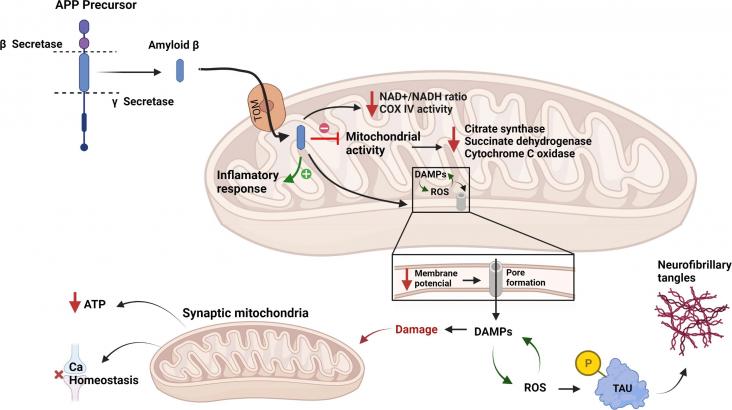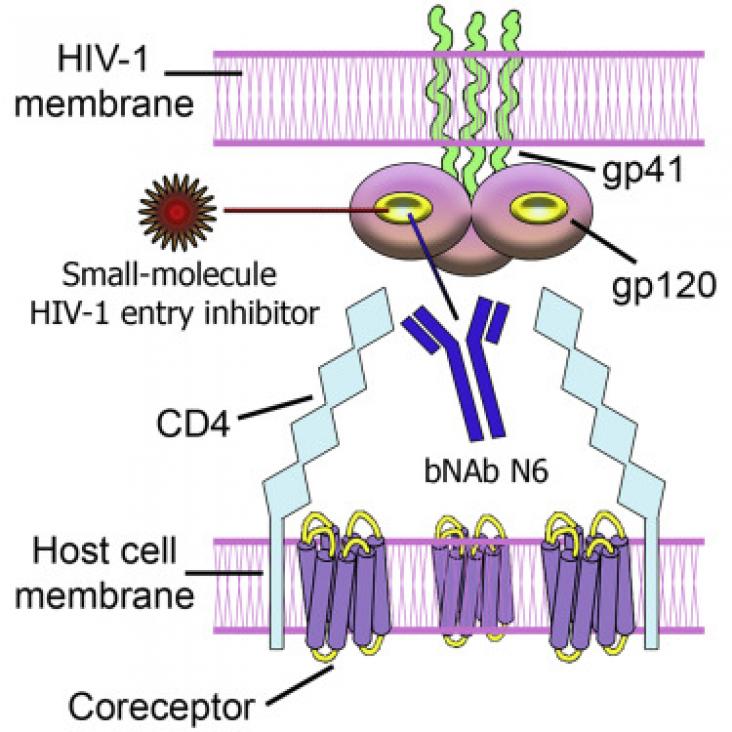This article ties to SDG 3. It analyzes how social-capital-based interventions can improve the mental health of refugees.
This Article supports SDG 3 by evaluating the prevalence of viral hepatitis among patients cirrhosis. Globally, the prevalence rates were 42% for HBV and 21% for HCV, with variation by region. The data in this study will help with resource allocation for viral hepatitis.
A Review on the association between agricultural food production and hunting practices and zoonotic disease outbreaks, in the context of SDGs 3, 12, and 15, highlighting the need to redesign the global food system to reduce the threat of future outbreaks.
An Article in support of SDGs 2 and 3, highlighting that in almost all regions and countries the progress on reducing anaemia in women of reproductive age is insufficient to meet the World Health Assembly's global nutrition target to halve anaemia prevalence by 2030.

Alzheimer's disease (AD) is a leading neurodegenerative pathology associated with aging worldwide.
As the number of Alzheimer's disease (AD) patients rises, causing significant suffering and socioeconomic burden, extensive research has been dedicated to understanding its elusive pathogenesis, focusing on amyloid cascade, tau protein, neuroinflammation, metal ions, and oxidative stress, with oxidative stress serving as a central factor that bridges these mechanisms; this review comprehensively expands on the roles of oxidative stress in AD, providing clear figures to enhance understanding.
Refugees need a place where both their physical and mental security is assured. This study looks at how the UN HCR program to resettle refugees is helping.
How SDG 8: decent work provides a climate for better mental health.

Jiang et al. review the advancement in development of small-molecule anti-HIV drugs targeting the sites in the HIV surface protein that HIV neutralizing antibody drugs also target. Small-molecule drugs can be taken orally, stored and transport at regular temperature, and produced much more easily and economically than antibody drugs, making the treatment more accessible for all.

This is an article on the impact of residential exposure to wildfires and the incidence of various cancers, in the context of SDGs 3, 13, and 15, focusing on the need to develop exposure metrics to better estimate the chronic population health burden attributable to environmental pollutants emitted during wildfires.
